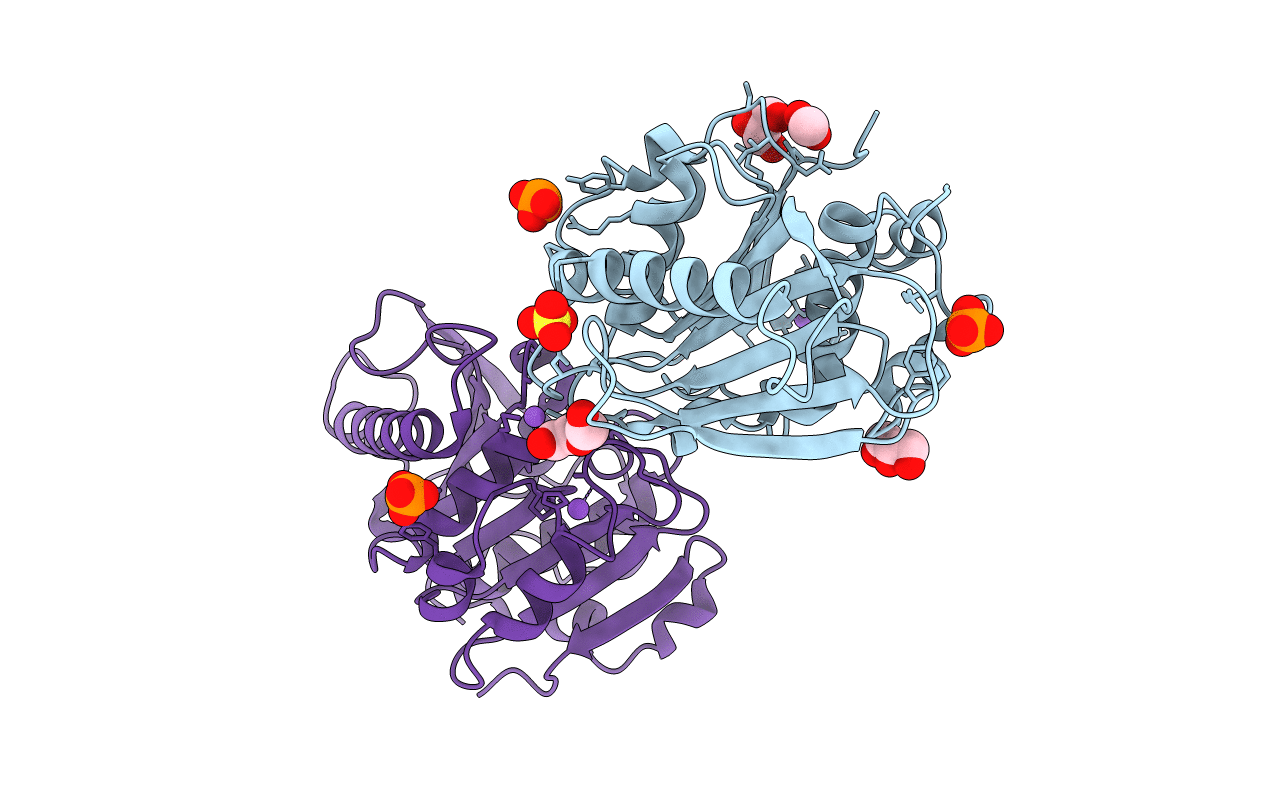
Deposition Date
2019-07-24
Release Date
2020-02-26
Last Version Date
2024-11-20
Entry Detail
PDB ID:
6SCD
Keywords:
Title:
Polyester hydrolase PE-H Y250S mutant of Pseudomonas aestusnigri
Biological Source:
Source Organism:
Pseudomonas aestusnigri (Taxon ID: 857252)
Host Organism:
Method Details:
Experimental Method:
Resolution:
1.35 Å
R-Value Free:
0.15
R-Value Work:
0.11
R-Value Observed:
0.11
Space Group:
I 21 21 21


